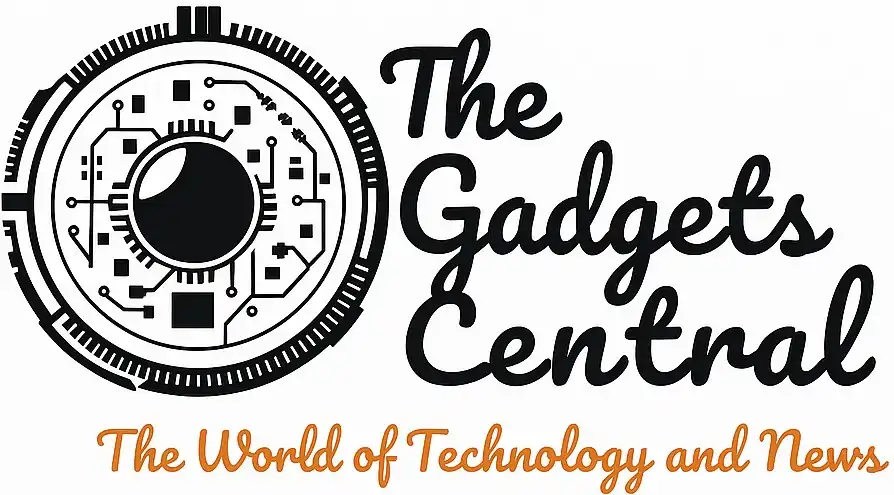# Latest Trends in Banking: What’s Happening in the Financial World?
The banking industry is undergoing significant transformations, with recent developments capturing attention across the globe. Over the last two hours, multiple news sources have shed light on several crucial incidents and trends affecting banks in the US. The focus on digital banking services, regulatory changes, and economic developments is shaping the future of financial institutions. Let’s dive into the latest news that has everyone talking.
## Increased Adoption of Digital Banking Services
As per the latest reports, Chase Bank has accelerated its investment in digital banking capabilities. Over the past year, the bank has observed a substantial rise in customers opting for online services rather than visiting physical branches. This shift in consumer behavior reflects a broader trend in the banking industry where convenience and accessibility take precedence.
According to a recent survey conducted by the American Bankers Association, nearly 70% of consumers stated they prefer online banking services due to their ease of use. Chase has responded to this demand by enhancing its mobile application, offering features like instant fund transfers, expense tracking, and personalized financial advice. The goal is to create a seamless banking experience that resonates with tech-savvy users.
Bank of America is also following suit, introducing new functionalities aimed at improving customer engagement. Their latest mobile features include advanced AI-driven chat support that can answer common banking queries instantly, promoting a more efficient and gratifying user experience.
## Regulatory Changes Impacting Financial Institutions
Another significant development in the banking sector involves potential regulatory changes. The Federal Reserve is re-evaluating rules regarding capital requirements for large financial institutions. As the economy shifts and monetary policy evolves, these changes could have profound implications for how banks operate.
Market analysts from Bloomberg believe that easing capital requirements may offer banks more flexibility in lending, particularly amidst economic uncertainty. This potential shift may encourage more aggressive lending practices, boosting economic activity. However, it could also raise concerns about the stability of the banking system if not adequately balanced.
In addition, the Consumer Financial Protection Bureau (CFPB) is considering implementing stricter rules surrounding consumer protections, particularly in areas such as mortgage lending and credit card fees. These developments indicate a growing emphasis on safeguarding consumer interests and ensuring transparency in banking operations.
## Job Market Trends Among Financial Institutions
The banking sector is also experiencing notable shifts in its workforce dynamics. Recent statistics indicate that Goldman Sachs is actively hiring for its technology divisions amidst ongoing digital transformation efforts. This trend is indicative of the broader need for financial institutions to bolster their tech capabilities to stay competitive.
On the flip side, some traditional banks are facing job cuts as they streamline operations and shift their focus towards automation. As per sources from CNBC, regional banks are reducing their workforce, with some institutions laying off as much as 15% of their staff in response to changing market dynamics.
The dichotomy in employment trends highlights a significant pivot within the industry. While technology roles are in high demand, roles associated with traditional banking functions are dwindling. This change calls attention to the need for professionals in the banking sector to upskill and adapt to emerging technologies.
## Innovations and Collaborations Driving Change
Amidst these shifts, FinTech collaborations are rising to prominence. Traditional banks are increasingly partnering with technology companies to innovate their service offerings. These partnerships are aimed at improving customer engagement through enhanced product features and tailored financial services.
A recent collaboration between Wells Fargo and a promising FinTech startup is designed to implement blockchain technology in their payment systems. This initiative promises to enhance the security and speed of transactions, appealing to a clientele that values rapid and secure banking solutions.
It’s clear that the integration of technology into banking is not only trend-driven but essential for survival in an increasingly competitive market. Financial institutions that embrace innovation will likely outperform their peers in delivering value to customers.
## The Future of Banking
As these trends continue to evolve, it’s evident that the banking landscape in the US is undergoing a rapid transformation. With consumer preferences shifting towards digital platforms, regulatory bodies re-evaluating policies, and financial institutions optimizing their operations, we can anticipate a dynamic future for the banking sector.
The push for innovation and technology integration is changing not just how banks operate, but how consumers experience banking as a whole. Institutions that adapt to these changes will not only remain relevant but position themselves as leaders in a new era of finance driven by innovation and customer-centric strategies.
In summary, the banking industry is at a crossroads, navigating through changing regulations, technological advancements, and evolving consumer expectations. These factors are all intertwined, shaping the trends we see today and the future of banking tomorrow.
### Tags:
banking news, digital banking, Federal Reserve, consumer financial protection, employment trends, financial institutions, FinTech collaborations, technological integration, Chase Bank, Goldman Sachs
bank
